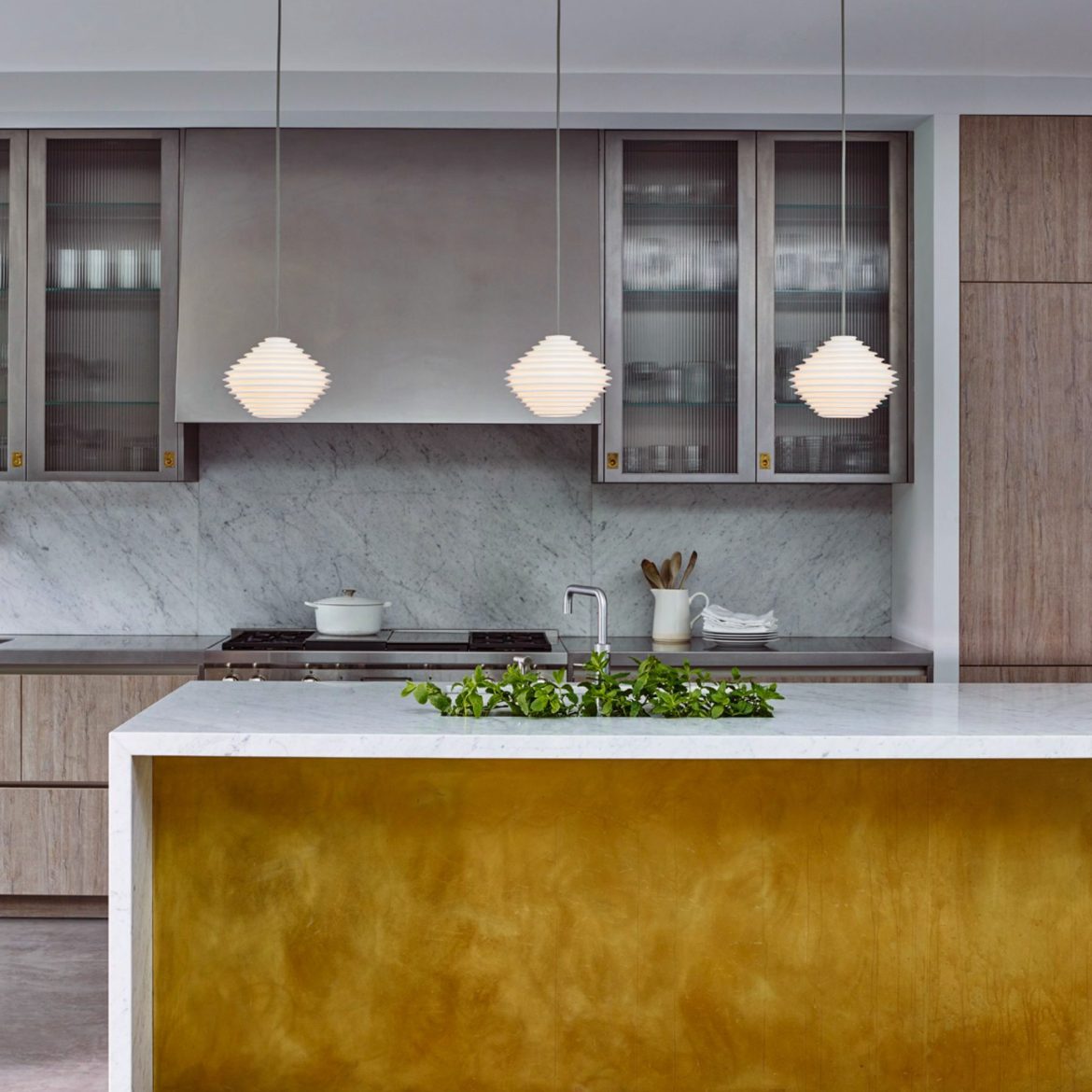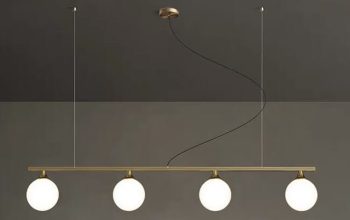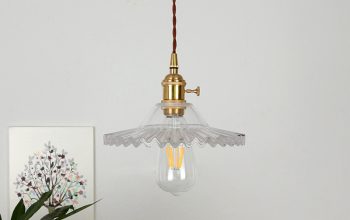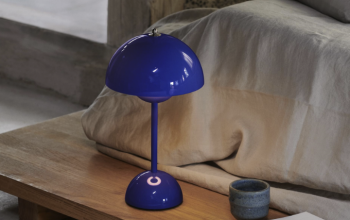The Importance of Lighting in Design
Lighting is an essential part of interior design. It can enhance the overall aesthetic, mood, and functionality of a space. The right lighting can make a room feel cozy or spacious, highlight architectural features, and showcase artwork. Poor lighting, on the other hand, can make a space feel gloomy or uninviting. Therefore, it is important to create a lighting plan that suits the needs and preferences of the occupants and complements the design scheme.
The Rise of Modular Lighting Systems
Modular lighting systems are becoming increasingly popular in both residential and commercial settings. These systems consist of individual lighting modules or units that can be arranged and combined in various ways, creating a unique and dynamic lighting scheme. Unlike traditional lighting fixtures, which are static and limited in design options, modular lighting systems offer endless possibilities for customization and creativity.
The Benefits of Modular Lighting Systems
One of the main advantages of modular lighting systems is their flexibility. With modular lighting, designers can tailor the lighting to suit the specific needs and functions of a space. For example, a modular lighting system can be adjusted to provide more task lighting in a workspace or more ambient lighting in a dining area. Moreover, modular lighting systems are easy to install and configure, which makes them a cost-effective and versatile lighting solution.
Another benefit of modular lighting systems is their energy efficiency. Most modular lighting systems use LED technology, which is energy-efficient and environmentally friendly. LED lights consume less energy than traditional lighting sources and have a longer lifespan, reducing the need for frequent replacements, maintenance, and repairs.
Examples of Modular Lighting Systems
There are many different types of modular lighting systems on the market, each with its own design and functionality. Here are a few examples:
Nanoleaf Shapes
Nanoleaf Shapes are modular lighting panels that can be arranged in any shape or pattern. They come in a variety of shapes, including triangles, squares, and hexagons, and can be connected together in a snap. The panels are also touch-sensitive and can be controlled with a mobile app or voice commands.
Philips Hue Play
The Philips Hue Play is a modular LED light bar that can be placed anywhere and adjusted to any angle. The light bar can be used for accent lighting or mood lighting and can be controlled with a mobile app or voice commands.
Trilux LiveLink Light Management System
The Trilux LiveLink Light Management System is a modular lighting solution for commercial spaces. It consists of individual LED modules that can be controlled and adjusted separately, creating a precise and efficient lighting scheme. The system also comes with a mobile app for easy control and monitoring.
Modular lighting systems offer a new and exciting approach to lighting design. With their flexibility, energy efficiency, and customization options, modular lighting systems are a versatile and cost-effective lighting solution for any space. Designers and homeowners can unleash their creativity and experiment with different shapes, patterns, and colors, creating a unique and dynamic lighting scheme that enhances the overall design and functionality of a space.




